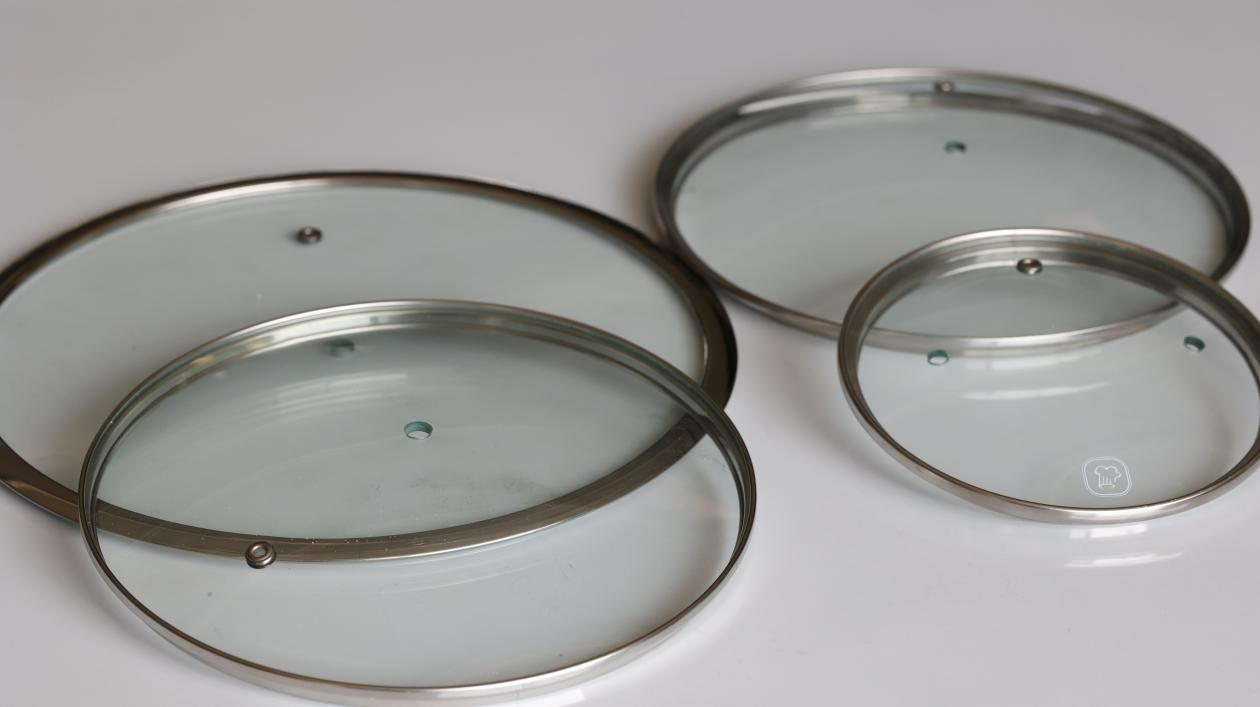- Phone:+86-17331948172 +86-0319-8862898
- E-mail: inquiry@puxingclamp.com
Dis . 07, 2024 15:15 Back to list
a hose clamp
Understanding Hose Clamps A Comprehensive Guide
When it comes to mechanical and plumbing applications, hose clamps play a crucial role in ensuring the efficiency and reliability of fluid transfer systems. These simple yet effective devices are used to secure hoses onto fittings, preventing leaks and ensuring that the flow of liquids or gases remains uninterrupted. In this article, we will explore the different types of hose clamps, their applications, and best practices for installation and maintenance.
What is a Hose Clamp?
A hose clamp is a device that is used to attach and seal a hose onto a fitting such as a barb or a nipple. Typically made from materials such as stainless steel, carbon steel, or plastic, hose clamps come in a variety of designs to accommodate different applications and hose types. The primary purpose of a hose clamp is to secure the hose tightly enough to prevent it from slipping off or developing leaks due to pressure fluctuations.
Types of Hose Clamps
1. Screw/Band Clamps These are the most common type of hose clamps. They consist of a metal band wrapped around the hose and a screw mechanism that allows for tightening and loosening. They are versatile and can be used in various applications, from automotive to plumbing.
2. Spring Clamps These clamps use a spring mechanism to apply constant pressure on the hose. They are often used in situations where quick attachment and detachment of hoses are necessary, such as in automotive applications and repair jobs.
3. Ear Clamps Known for their distinct ear-like projections, these clamps are installed using special pliers and are ideal for applications requiring a secure, permanent grip. They provide a uniform compression around the hose, making them ideal for high-pressure environments.
4. Wire Clamps Made from a single wire loop, these clamps are often used in low-pressure applications. They are easy to install and remove, making them a go-to choice for temporary hose connections.
5. T-Bolt Clamps These larger and more robust clamps are used for heavy-duty applications. They feature a T-bolt mechanism for securing large hoses, and their design allows for a better grip on larger diameters under high pressure.
Applications of Hose Clamps
a hose clamp

Hose clamps are used in various industries and applications. Common uses include
- Automotive Used in fuel and coolant systems to secure hoses and prevent leaks. - Plumbing Essential for connecting hoses to faucets, pipes, and other fittings, ensuring a tight seal. - Industrial Used in manufacturing and chemical processing, where hoses need to withstand high pressure and corrosive environments. - Agriculture Critical for irrigation systems, securing hoses that transport water to crops.
Best Practices for Installation and Maintenance
Proper installation and maintenance of hose clamps are crucial for ensuring their effectiveness and longevity. Here are some best practices to keep in mind
1. Select the Right Clamp Choose the appropriate type and size of hose clamp based on the application and hose diameter. Using the wrong clamp can lead to leaks or damage.
2. Clean the Fitting and Hose Ensure that both the hose end and the fitting are clean and free from debris before installation. This helps to establish a better seal.
3. Tighten with Care When tightening a screw clamp, apply pressure gradually. Over-tightening can damage the hose or the fitting. Conversely, under-tightening can lead to leaks.
4. Regular Inspection Regularly check hose clamps for signs of wear, rust, or loosening. Replace any damaged clamps promptly to prevent potential failures.
5. Use Protective Covers In environments where clamps are exposed to harsh chemicals or extreme weather, consider using protective covers to extend their lifespan.
Conclusion
Hose clamps are essential components in a myriad of applications that involve fluid transfer. From automotive systems to industrial machines, their role in maintaining a tight and reliable connection cannot be overstated. By understanding the different types of hose clamps and following best practices for installation and maintenance, you can ensure optimal performance and prevent costly leaks or failures. Whether you are a DIY enthusiast, a mechanic, or an industrial worker, having a solid grasp of hose clamps will undoubtedly contribute to your success in any project.
-
Large Stainless Steel Adjustable American Type Hose Clamp - Hebei Pux Alloy Technology Co., Ltd.
NewsAug.06,2025
-
High Quality Steel Midsole - EN Standard for Safety Shoes
NewsAug.06,2025
-
Large Stainless Steel Adjustable American Type Hose Clamp - Hebei Pux Alloy Technology|[Corrosion Resistance]&[Adjustable Design]
NewsAug.06,2025
-
Large Stainless Steel Adjustable American Type Hose Clamp - Hebei Pux Alloy Technology Co., Ltd
NewsAug.05,2025
-
Large Stainless Steel Hose Clamp - Hebei Pux Alloy Technology Co., Ltd | Corrosion Resistance, Adjustable Design
NewsAug.05,2025
-
Large Stainless Steel Adjustable American Type Hose Clamp - Hebei Pux Alloy Technology Co., Ltd | Corrosion Resistance&Adjustable Design
NewsAug.05,2025




